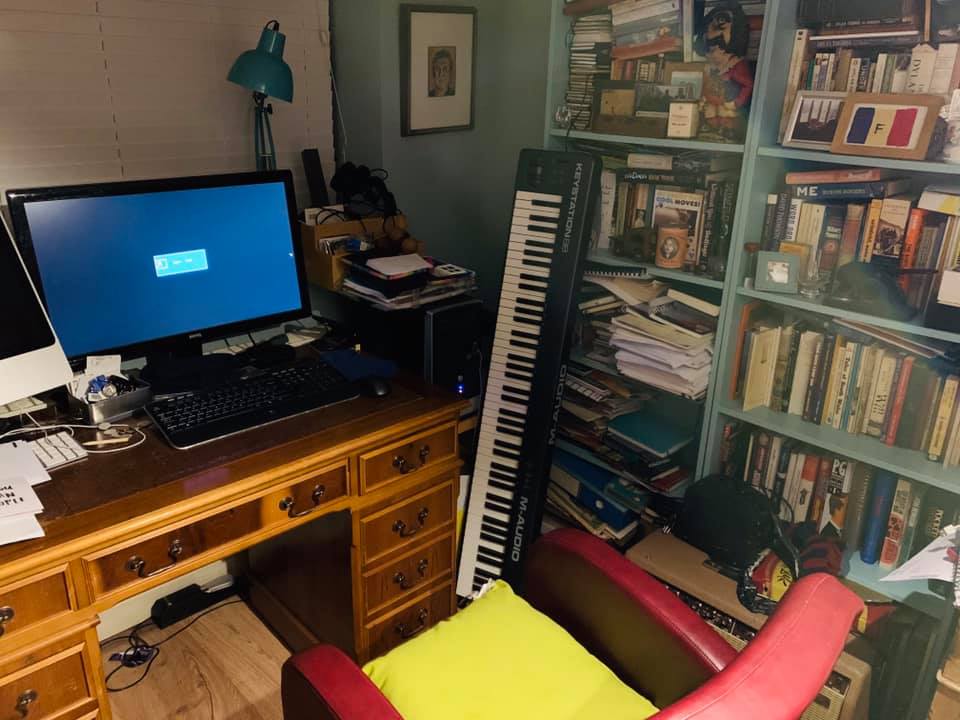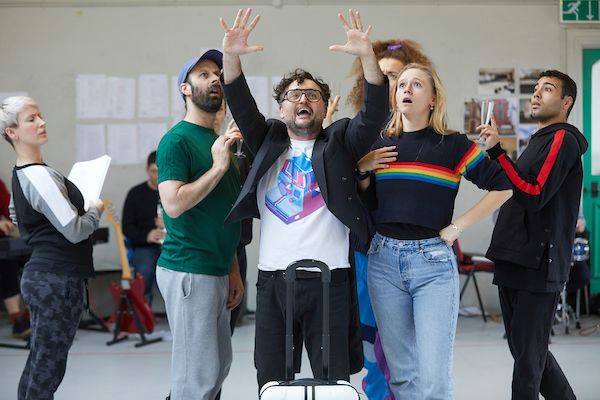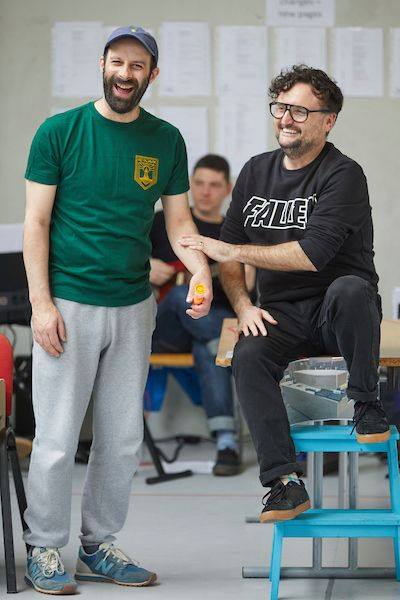Many Welsh or Wales based arts graduates are finding this current period especially difficult. Their usual opportunities to meet agents, prepare for final year exhibitions or productions may take place later in the year or sadly not at all. To raise awareness of the diverse talent graduating this year GTC is offering any Welsh or Wales based graduate the opportunity to be showcased on our website. If you are interested, please do get in touch.
Hi Rhiannon, great to meet you. Can you give our readers some background information on yourself please?
Hi! I’m a bilingual illustrator from South Wales, currently finishing my degree with Swansea College of Art. I’m hoping to do a Masters degree in Illustration next year.
The main thing I like to draw is portraits, I love drawing people and I always have, they’re fascinating and allow for so much detail. I’m also very interested in illustrating novels, though specifically books geared towards more mature readers – my current project is illustrating the novel Lord of the Flies by William Golding.
So, what got you interested in the arts?
It sounds cliché, but I’ve always been drawing ever since I can remember! When I was young, I used to get home from school and sit in front of the telly with a pile of paper and just doodle all evening until dinner! I’d copy characters from cartoons I was watching, and I loved the show Art Attack. I could get through at least 20 sheets of paper at a time! My love for drawing has carried me through my entire life thus far, I’ve always loved just sitting down and making something.
Can you tell us about your creative process?
My creative process usually consists of sketching out a drawing on paper before scanning the sketch and colouring it digitally using a drawing app on my mobile phone called Autodesk Sketchbook. Although digital drawing has been a forefront in my practice at the moment, when I do draw traditionally I use a mixture of mediums – mainly marker pens, watercolour paint, and coloured pencils. I tend to start with a wash of watercolour and then build up layers of colour with the markers and coloured pencils. I love using bold colour schemes in my work, especially when drawing digitally, I like my portraits to look clean and sharp. I post a majority of my work on my Instagram – @doughnutkingdom.
As a young Welsh artist graduating during a very difficult period, what investment and support do you think is required to enable your career to develop and prosper?
Graduating at the moment seems very unreal, and I’ve almost put it to the back of my mind! However, I still feel as though having a degree show would be very beneficial to all arts students whose shows were cancelled. Being able to run these shows once things are looking up would be amazing, and would allow us to have the same opportunities as the students who came before us. Understandably, this might not be possible for some time, so I’ve been concentrating on working on my portfolio as preparation for when we can return back to some kind of normality.
A range of arts organisation and individuals are now working online or finding new ways to reach out to audiences. Have you seen any particularly good examples of this way of working?
I’ve seen a lot of artists on Instagram giving each other helping hands, mainly through sharing other artists’ work on their stories, and promoting artists who may need help with commissions and so on. A lot of art pages have been posting challenges, prompts and tasks to help people keep busy too, which I think is a really great idea.
If you were able to fund an area of the arts in Wales, what would this be and why?
I think I’d definitely want to focus on giving art education in primary schools and comprehensive schools a lot more love and care. I honestly believe art is so important for primary school children, as it’s an outlet for their feelings, and a way for them to show their interests. Art clubs were something I really enjoyed going to when I was in primary school, and I feel like it’s very important for children to have some time in the day to be creative. I also believe that comprehensive schools could focus more on this element too, and continue to nurture this creativity in young people. It would be wonderful to be able to provide comprehensive schools with more art materials, resources, and a curriculum that focused on art history and the more technical aspects of art.
What excites you about the arts in Wales?
It makes me very proud to see the art community in Wales growing as much as it is. Wales has always been known as a creative country and I can’t wait to see how far we’re going to go in the future. I’ve noticed our galleries and museums getting some more attention lately too, especially Cardiff Museum. With the diplodocus living there for a little while, their Leonardo DaVinci exhibition, and housing a Botticelli painting, the museum has gained a lot of publicity!
What was the last really great thing that you experienced that you would like to share with our readers?
I think the fact that our communities are stronger than ever right now is something great in itself. We’re all living in a very bizarre world, and everyone’s readiness to help each other and be there for each other is amazing. Although it might feel like all this will never end, the fact that we’re all in this together is a great comfort and it’s shown that despite our differences, we can all work together.
Thanks for your time.
Thank you for the opportunity! Diolch yn fawr!






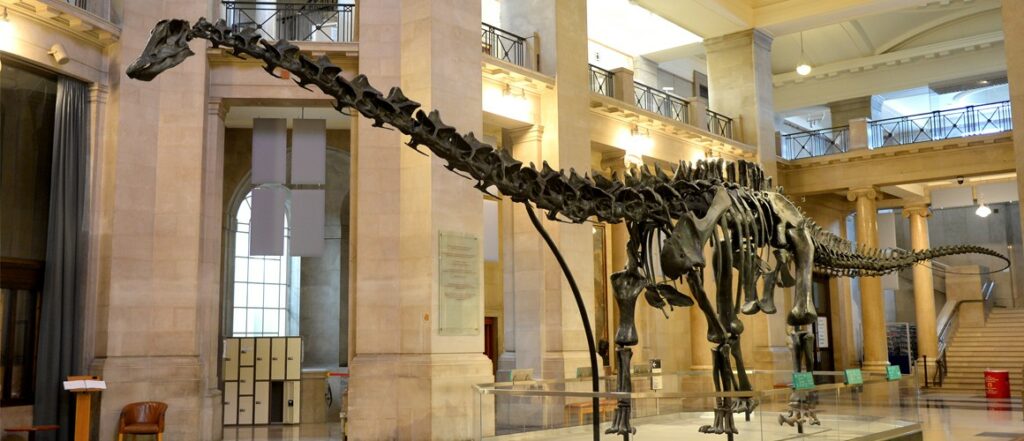


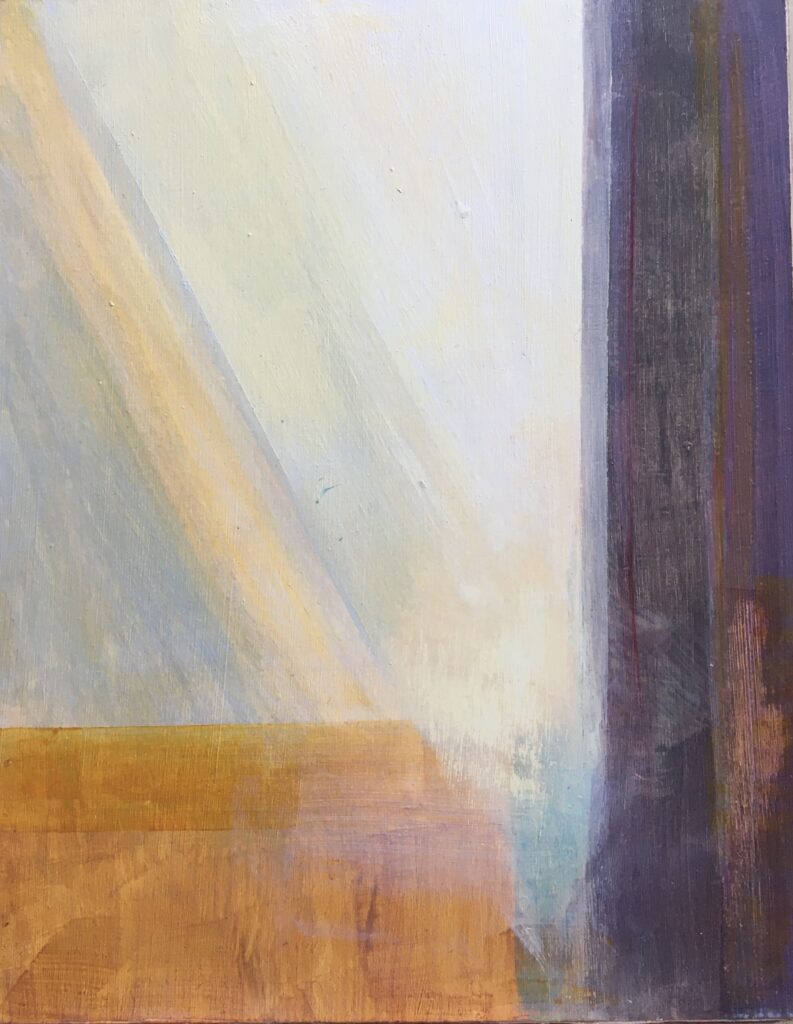



























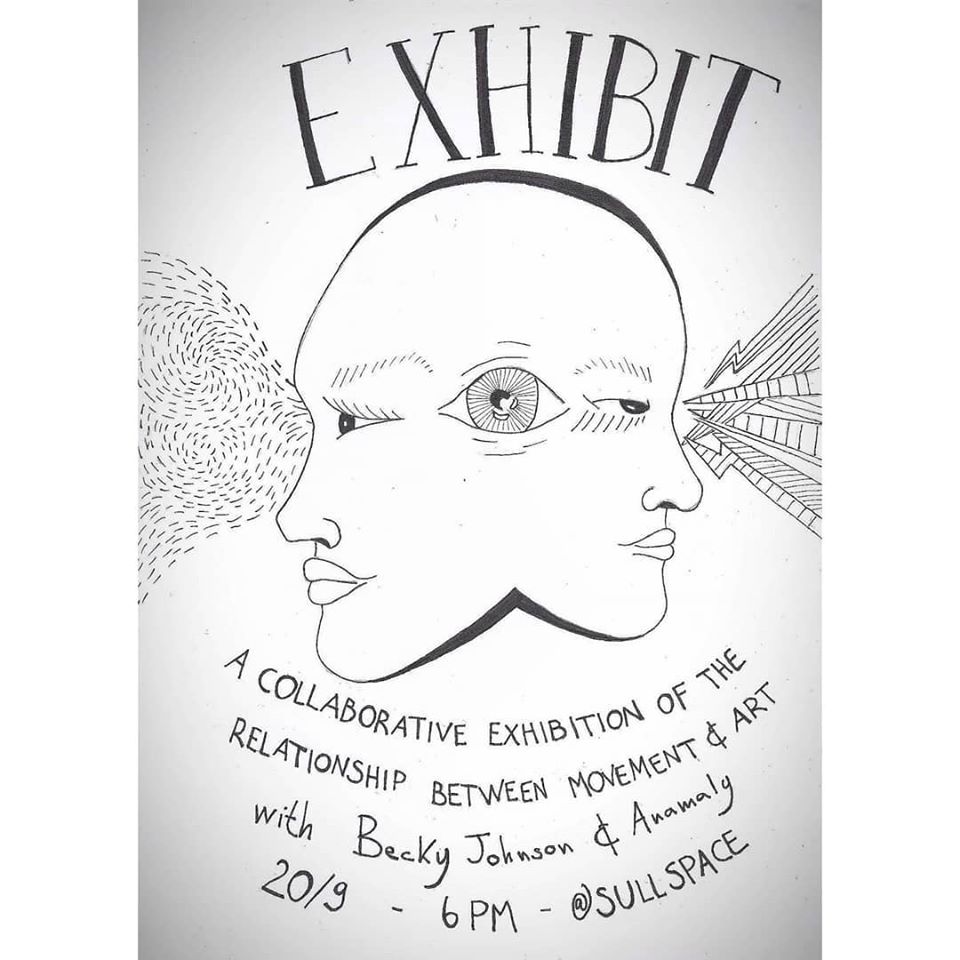
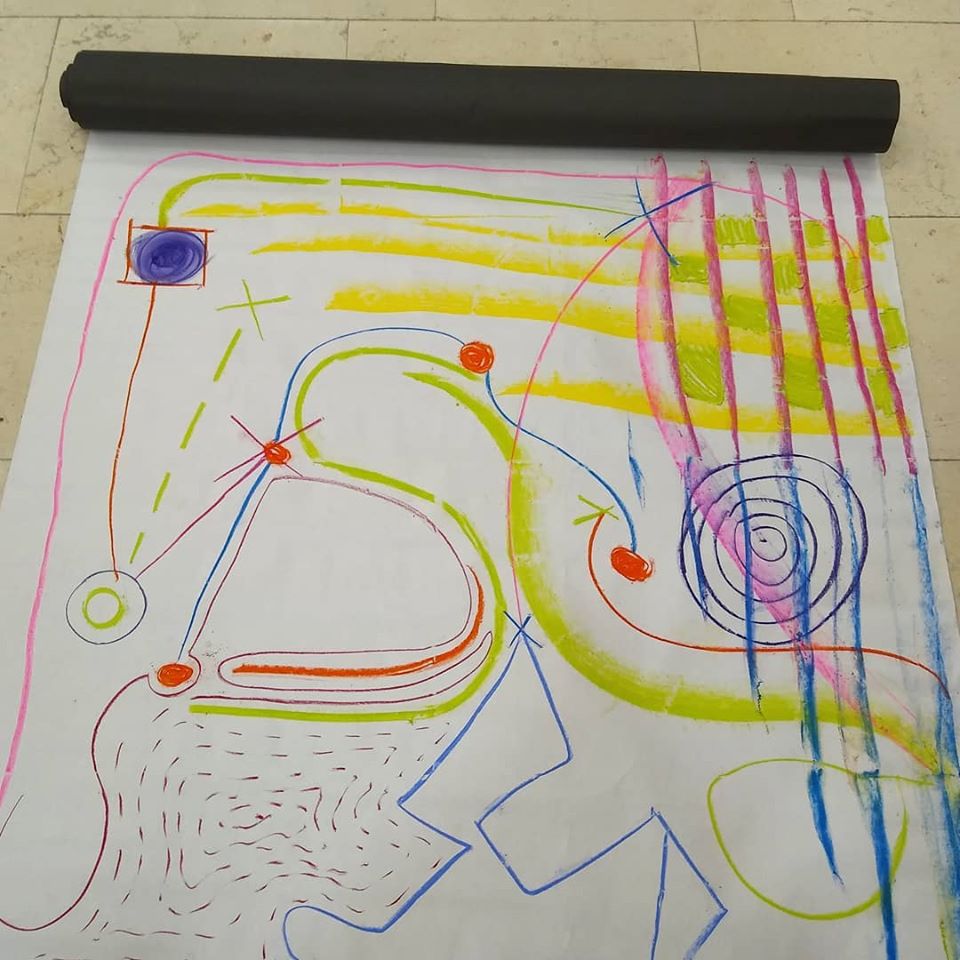


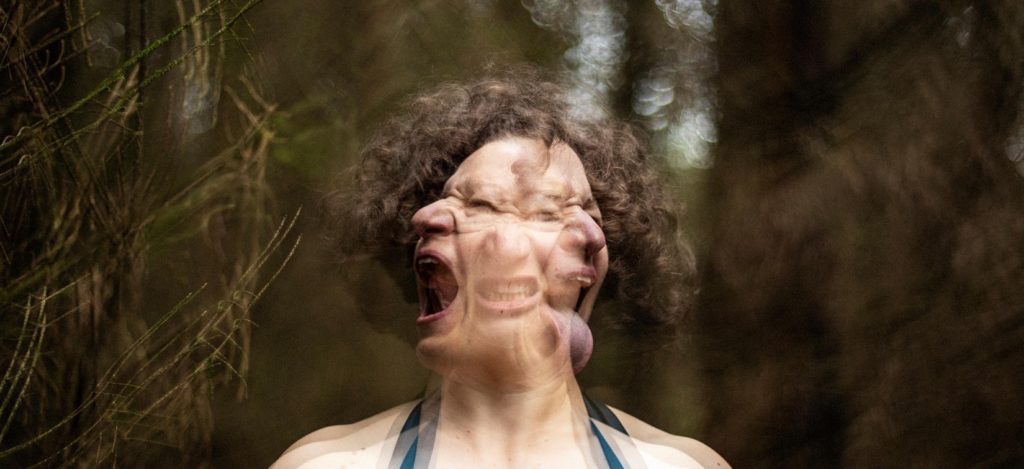

 (4 / 5)
(4 / 5)


